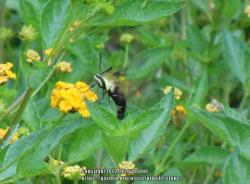John_fender said:Hi again Zenman glad to hear from you again. I would like to try the sand, I prefer to use a deterrent rather than bait. What kind of sand do you buy, is it something I can buy at home depot ? Also have you tried using neem oil ? I read good things about it
I have not tried neem oil because I currently don't have an insect problem. I ran a bug zapper all Spring and Summer, and it did a good job of killing moths. There are no "good" moths. With no Hawk Moths, we had no tomato horn-worms. Also, no cutworms because they are also the larva of moths. I kept a water trap under the zapper to wipe out the May Beetles and June Bugs, so no grub worms.
The zapper has a place to place Octenol bait to attract mosquitoes, so I got some Octenol for the zapper. It burns mosquitoes up, leaving only remnants of their wings and legs. It is ironic that incinerating the mosquitoes generates carbon dioxide to draw in more mosquitoes. There are supposedly traces of Octenol in human breath, which is why it is used in the bug zapper as mosquito bait. The bug zapper kills a lot of mosquitoes, but not all of them. We have ponds and creeks in all directions and apparently mosquitoes can migrate in from some distance away. But a lot of them get incinerated in an electric spark for their trouble.
For sand in small quantities you can buy children's play sand in bags at Home Depot or other "home" stores. I think the bags weigh 40 pounds each. I started off that way, but now I buy sand a truckload at a time. The truck dumps a big sand pile, which can last me a year or more. I have two large gardens, and I am in the process of sand mulching my smaller South garden at the present time. Incidentally, sand also prevents slugs and snails. They can't navigate in it. And sand is beneficial to earthworms. They ingest sand grains to aid in digestion in their "craws" much the same as birds and chickens use small rocks in their craws.
ZM
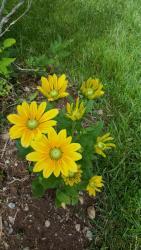
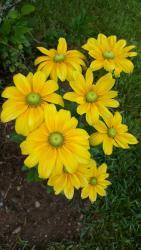
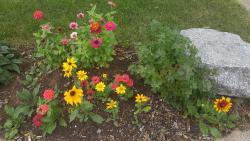
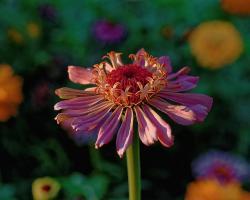
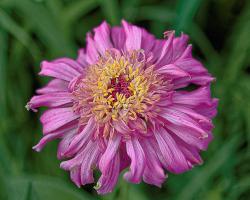
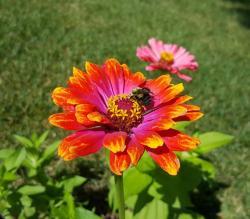

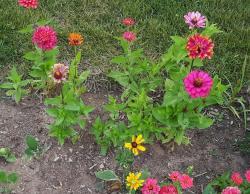
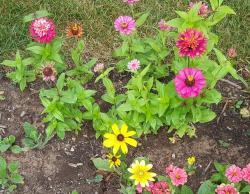
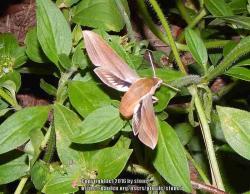

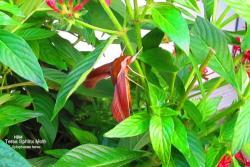
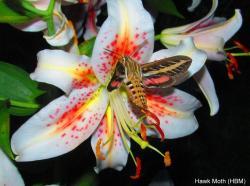
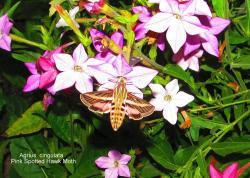 same I think
same I think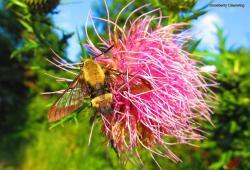 from a state park
from a state park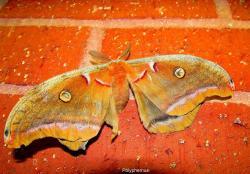 - from where I worked before early retirement
- from where I worked before early retirement